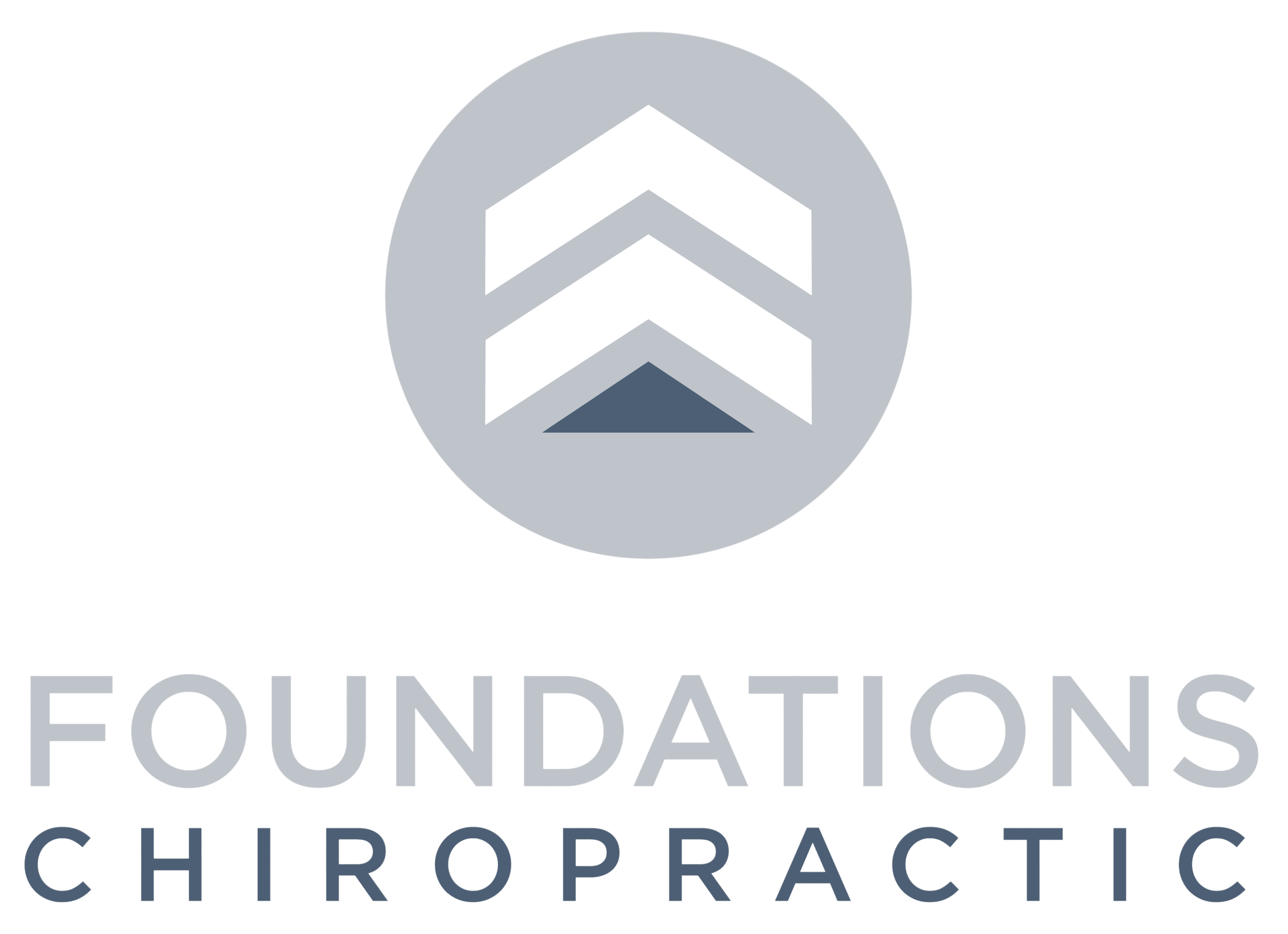If your child’s list of “safe” foods feels like it’s shrinking while your stress level at meals keeps rising, please know—you are not alone. For some families, picky eating goes way beyond typical childhood preferences and becomes an exhausting, emotional battle every single day.
You’ve probably tried it all—new recipes, reward charts, even feeding therapy—yet your child still melts down at the sight of something green on their plate. What if the real reason your child refuses food isn’t stubbornness or behavior… but a deeper neurological issue?
At Foundations Chiropractic, we take a completely different approach—one that finally makes sense to so many of the families we serve. We look beneath the surface of picky eating and into the nervous system, where the root of the challenge often begins.
1. Sensory Overload & Nervous System Overdrive
When kids gag at textures or cry at the sight of certain foods, it’s not drama—it’s sensory overload. A stressed, dysregulated nervous system (often stuck in “fight or flight” mode) can’t properly process sensory input like taste, texture, or smell. This creates discomfort, overwhelm, and total refusal at the dinner table.
Children stuck in this sympathetic-dominant state also tend to crave sugar, carbs, and ultra-processed foods. Why? Because their bodies are simply trying to survive. These foods are quick to digest and fuel their overstressed systems. Until we help calm and regulate their nervous system, those battles at the dinner table are likely to continue.
💡 The Solution: Neurologically-Focused Chiropractic Care helps calm the nervous system, reduce sensory stress, and shift the body out of fight-or-flight. When that happens, children begin to feel safer—and more open—around food.
2. Gut Issues and the Vagus Nerve Connection
Does your child complain of tummy aches, bloating, or discomfort after eating? Many picky eaters are actually protecting themselves from digestive pain they can’t fully explain. At the core of this gut-brain link is the vagus nerve, which controls digestion, appetite, and even feelings of fullness or nausea.
When the vagus nerve is under stress from subluxations in the spine (especially in the neck, mid-back, or sacral areas), digestion slows down. This creates discomfort, irregular elimination, and food aversions. If your child avoids food because it hurts, even subconsciously, it’s no wonder they’re picky.
💡 The Solution: By restoring proper function to the vagus nerve through gentle, specific chiropractic adjustments, we help kids digest better—and eat better. When the gut is happy, the whole body (and brain) begins to shift.
3. Oral-Motor Challenges & Coordination Struggles
Sometimes, the challenge isn’t sensory or digestive—it’s physical. For some kids, especially those with neurodevelopmental delays, picky eating comes from a struggle to chew, swallow, or manage food textures. These are signs of oral-motor dysfunction, often tied to subluxations in the cranial nerves and upper spine.
These kids often prefer soft, easy-to-eat foods like yogurt or pasta and avoid meats, crunchy veggies, or anything requiring effort. Left unaddressed, this can affect nutrient intake, speech development, and long-term eating habits.
💡 The Solution: Chiropractic adjustments focused on cranial and cervical alignment can improve oral-motor coordination, making it easier and more comfortable for kids to explore new foods without fear or frustration.
So What Can You Do?
If you’re ready to move past mealtime meltdowns and finally find answers, here’s where to start:
✅ 1. Get Checked with INSiGHT Scans
Our neurological scans show exactly how your child’s nervous system is functioning—and where the stress and interference are hiding. Most picky eaters show clear patterns of subluxation in key areas like C2-C5, the thoracic spine, and the sacrum.
⏳ 2. Stay Consistent
Just like healing a broken bone takes time, so does rebalancing a stressed nervous system. The families we walk alongside see changes build over weeks of consistent care—not overnight.
🎯 3. Target the Right Areas
We tailor care to the specific neurological patterns tied to picky eating:
- C2 – Calms sensory processing issues
- C3-C6 – Supports oral-motor coordination
- Thoracic & Sacral regions – Boost vagus nerve and digestive function
The Path to Peaceful Mealtimes Starts Here
You don’t have to dread dinner anymore. When we address the neurological root of picky eating, everything begins to shift—mealtimes, digestion, sleep, behavior, and beyond.
If your gut is telling you that something deeper is going on, trust it. Let’s get to the root cause and help your child thrive—starting at the dinner table.
📍 Schedule an INSiGHT Scan at Foundations Chiropractic and discover how Neurologically-Focused Chiropractic Care can transform your child’s relationship with food—and life.

